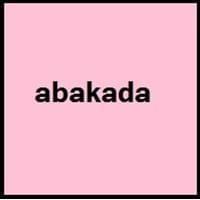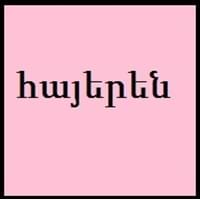Tagalog and Armenian
- In 1593, "Doctrina Christiana" was first book written in two versions of Tagalog.
- The name "Tagalog" means "native to" and "river". "Tagalog"is derived from taga ilog, which means "inhabitants of the river".
- The first language into which Bible was translated is Armenian.
- Christianity was recognized as a national religion in 301 by Armenia Country.
All Tagalog and Armenian Dialects
Most languages have dialects where each dialect differ from other dialect with respect to grammar and vocabulary. Here you will get to know all Tagalog and Armenian dialects. Various dialects of Tagalog and Armenian language differ in their pronunciations and words. Dialects of Tagalog are spoken in different Tagalog Speaking Countries whereas Armenian Dialects are spoken in different Armenian speaking countries. Also the number of people speaking Tagalog vs Armenian Dialects varies from few thousands to many millions. Some of the Tagalog dialects include: Batangas Tagalog, Bisalog. Armenian dialects include: Eastern Armenian , Western Armenian. Also learn about dialects in South American Languages and North American Languages.
Tagalog and Armenian Speaking population
Tagalog and Armenian speaking population is one of the factors based on which Tagalog and Armenian languages can be compared. The total count of Tagalog and Armenian Speaking population in percentage is also given. The percentage of people speaking Tagalog language is 0.42 % whereas the percentage of people speaking Armenian language is Not Available. When we compare the speaking population of any two languages we get to know which of two languages is more popular. Find more details about how many people speak Tagalog and Armenian on Tagalog vs Armenian where you will get native speakers, speaking population in percentage and native names.
Tagalog and Armenian Language Codes
Tagalog and Armenian language codes are used in those applications where using language names are tedious. Tagalog and Armenian Language Codes include all the international language codes, glottocodes and linguasphere.





